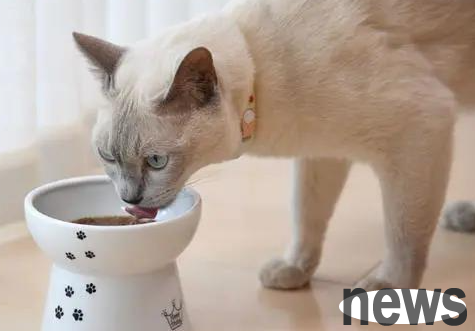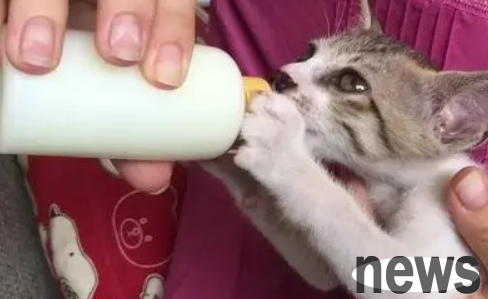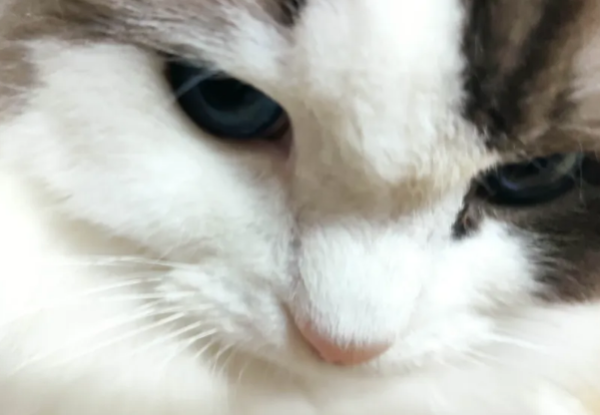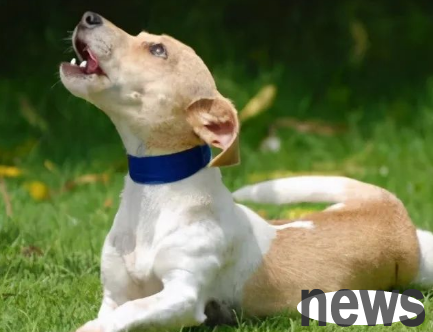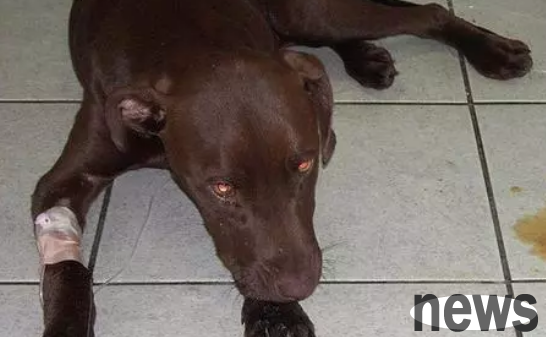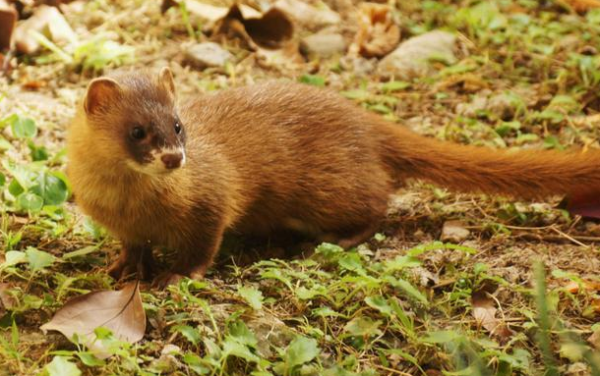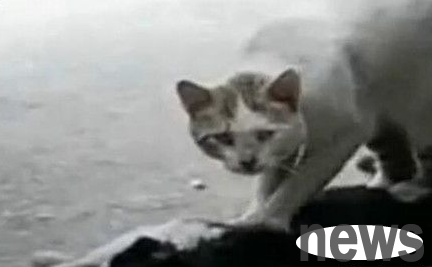Can cats also get fatty liver? What are the symptoms of fatty liver?
Cat fatty liver may be an unfamiliar word for some poop shovelers, but for a small number of poop shovelers, it may be the beginning of a nightmare. Fatty liver in cats is also known as fat deposition syndrome, and is a liver disease unique to cats.
Fat liver, at first glance, seems to be a problem caused by eating too much fat, but in fact it is not just that. Fatty liver is caused by the cat's liver that accumulates a lot of fat for a long time, and suddenly there is no chance to eat enough for a long time and not eat enough.
The fatter the cat needs to eat, the greater the energy it needs. When it is unable to replenish enough food energy in time due to some external reasons, the cat will convert a large amount of fat in the liver into energy, which may lead to lesions.
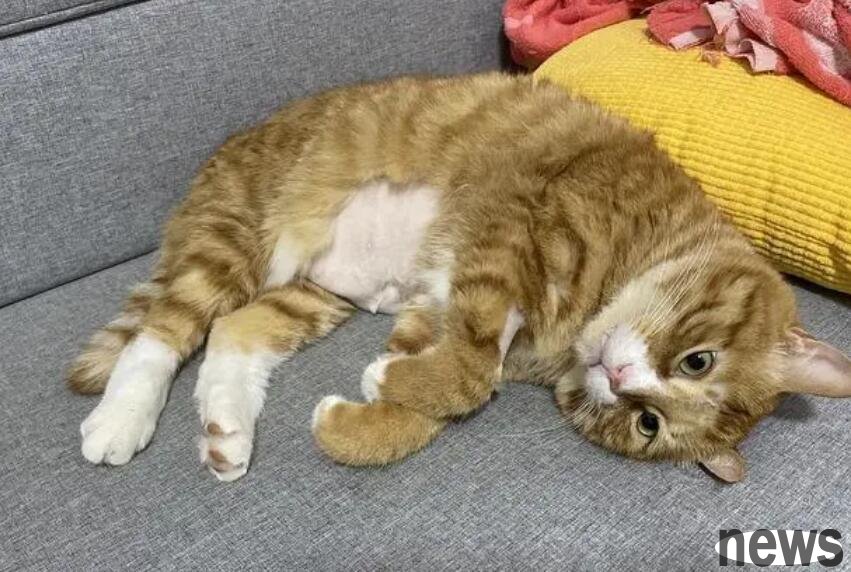
What kind of cats are prone to fatty liver?
All cats are likely to suffer from fatty liver, but obese cats are more likely to suffer from fatty liver and faster.
Study shows that fatty liver will suffer from it if you don’t eat or eat very little for three to seven days. It only takes three days for obese cats to develop fatty liver, while it takes about seven days for a slimmer cat to suffer from it.
Of course this is a case of not eating or almost not eating. If you eat less, it will take about two weeks.
So, if we go out, we should prepare more cat food for the cat in advance; if the cat loses appetite, it should be cured in time, otherwise not eating for too long is equivalent to giving fatty liver chances; don’t feed cats too fat in normal times. If we want to lose weight, we should follow the cat’s physical characteristics and follow the steps rather than rushing.
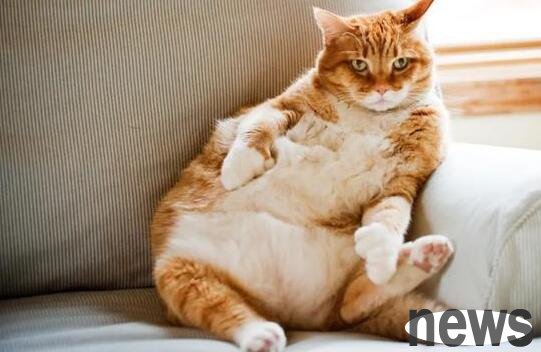
What symptoms will happen with fatty liver?
1. In the early stage, cats will not have the same appetite as before, and they will start to be too lazy to lick their hair, and their eyes will also increase secretions;
2. In the middle stage, cats will begin to lose weight, and even symptoms of gastrointestinal discomfort;
3. In the late stage, cats will experience jaundice, the conjunctiva and skin will turn yellow, and the mouth will also begin to turn yellow. At this time, seek medical treatment in time and actively cooperate with the doctor for treatment. If delayed, the cat's blood coagulation ability will also have problems, causing life-threatening.
How to treat fatty liver?
Professional doctors will determine whether the cat has fatty liver through rising biochemical indicators, such as the increase in bile acid and cholesterol, ultrasound examination of liver tissue, whether it is anemia, and urine tests.
If a cat suffers from fatty liver, seek medical treatment as soon as possible and do not delay it again and again. If the cat has poor physical fitness, it will be powerless to make things happen.
Of course, fatty liver is not a terminal illness, nor is it cured by hand.
To check whether the sick cat has extremely unbalanced blood, severe dehydration or abnormal blood pH;
To let the cat eat as much as possible, you can prepare some appetizing nutritional cans;
To check whether cats have other related diseases besides fatty liver disease.
Doing these three points well can greatly increase the possibility of cats being cured.
Of course, cats who have been cured with fatty liver should still be careful to avoid wasting all previous efforts.



